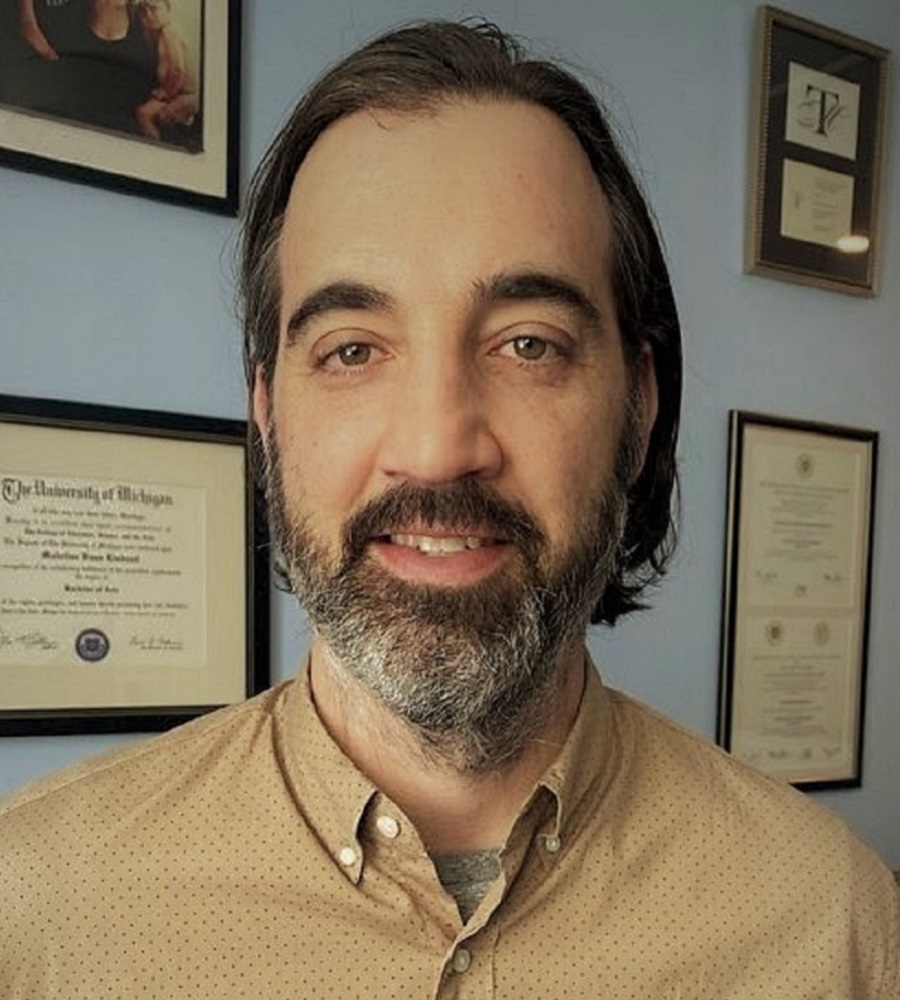Thomas C. Radman, Ph.D.
Program Officer
Division of Clinical Innovation
Clinical and Translational Science Awards Program Branch
Digital & Mobile Technologies Section
Contact Info

Biography
Thomas C. Radman is a program officer in the Digital & Mobile Technologies Section of the Clinical and Translational Science Awards (CTSA) Program Branch within NCATS’ Division of Clinical Innovation, where he manages a portfolio of CTSA grants. Prior to joining NCATS in 2022, Radman served in regulatory and science policy positions at the U.S. Food and Drug Administration and National Institute on Drug Abuse. He previously worked on special assignments for the U.S. Department of Health and Human Services COVID-19 Emergency Response Task Force; as a data scientist for BrainScope, the manufacturer of a traumatic brain injury diagnosis medical device; as a staff scientist at the National Institute of Mental Health, conducting clinical research in the areas of multimodal imaging and neuromodulation; and as a project scientist on several NIH-wide initiatives, including the NIH Big Data to Knowledge program and NIH Brain Research Through Advancing Innovative Neurotechnologies® (BRAIN) Initiative.
Radman earned his Bachelor of Arts in computer engineering from The State University of New York, Stony Brook and his doctorate in neuroscience from The City College of New York. He subsequently completed postdoctoral research in cognitive neuroscience at Columbia University.
Research Topics
Radman’s research interests include data science, diagnostic medical devices that use machine learning and artificial intelligence, mobile health and telemedicine, open data, health technology innovation, real-world data, public-private partnerships, health policy, neuroscience and neuromodulation. Throughout his career, Radman has worked to incorporate novel technologies and innovative methods in health research to better understand and improve the lives of individuals and populations.
Selected Publications
- Classification Algorithms for the Identification of Structural Injury in TBI Using Brain Electrical Activity
- Spike Timing Amplifies the Effect of Electric Fields on Neurons: Implications for Endogenous Field Effects
- New Directions in the Rational Design of Electrical and Magnetic Seizure Therapies: Individualized Low Amplitude Seizure Therapy (iLAST) and Magnetic Seizure Therapy (MST)
- Role of Cortical Cell Type and Morphology in Subthreshold and Suprathreshold Uniform Electric Field Stimulation In Vitro
- Calling All Statisticians for the Next Wave of Biomedical Big Data Discoveries


